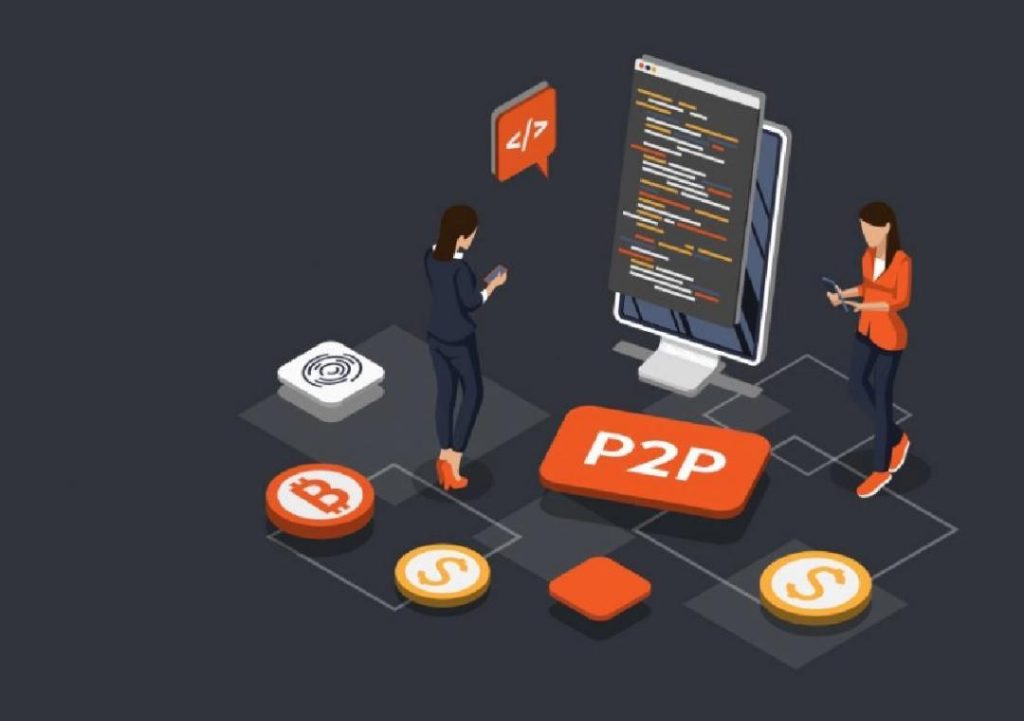
Are Peer-to-Peer Platforms the Future of Digital Exchange?
The concept of peer-to-peer (P2P) platforms has been around for a while, but it has gained significant traction in recent years. With the rise of digital marketplaces and online communities, P2P platforms have emerged as a new model for exchanging goods, services, and even digital assets. But are P2P platforms the future of digital exchange? In this blog post, we’ll explore the benefits and challenges of P2P platforms and what it takes to make them successful.
What are Peer-to-Peer Platforms?
Peer-to-peer platforms connect individuals or organizations that have a specific need or want to exchange goods or services with each other. These platforms act as a middleman, providing a platform for users to find, connect, and transact with each other. P2P platforms can be applied to various industries, such as:
- Ride-sharing: Companies like Uber and Lyft connect drivers with passengers who need a ride.
- Food delivery: Platforms like Grubhub and UberEats connect food vendors with customers who want to order food.
- Gig economy: Platforms like TaskRabbit and Fiverr connect freelancers with customers who need help with various tasks.
- Digital assets: Platforms like Airbnb and VRBO connect homeowners with travelers who want to rent a place to stay.
Benefits of Peer-to-Peer Platforms
P2P platforms offer several benefits, including:
- Reduced intermediation: By cutting out intermediaries, P2P platforms can reduce costs and increase efficiency.
- Increased trust: P2P platforms can foster trust among users by providing a safe and secure environment for transactions.
- More options: P2P platforms can connect users with a wider range of options, including unique or niche services.
- Increased transparency: P2P platforms can provide users with more information about each other, reducing uncertainty and increasing trust.
Challenges of Peer-to-Peer Platforms
While P2P platforms offer many benefits, they also face several challenges, including:
- Trust: Building trust between users can be difficult, especially in industries where transactions are high-risk.
- Regulation: P2P platforms must comply with regulations and laws that govern their industry.
- Competition: P2P platforms must compete with established companies and other P2P platforms.
- Scalability: P2P platforms must be able to scale to meet the needs of a growing user base.
How to Make Peer-to-Peer Platforms Successful
To make P2P platforms successful, it’s essential to focus on seeding supply or demand first, add simple trust signals, and design frictionless onboarding. Here are some specific strategies to consider:
- Seed supply or demand: Identify a specific niche or market and focus on seeding supply or demand first. This can help create a critical mass of users and increase the chances of success.
- Add simple trust signals: Implement simple trust signals, such as ratings and verification, to help users assess the credibility of other users.
- Design frictionless onboarding: Design a frictionless onboarding process that makes it easy for users to join the platform and start using it.
- Monitor early metrics: Keep an eye on early metrics, such as time-to-first-transaction, take rate, and retention, to gauge the success of the platform.
- Use geographic rollouts: Roll out the platform in a specific geographic area to test and refine the concept before expanding to other areas.
- Use incentive tunnels: Use incentive tunnels, such as bonuses or discounts, to encourage users to complete transactions and increase engagement.
Early Metrics to Watch
When launching a P2P platform, it’s essential to monitor early metrics to gauge the success of the platform. Some key metrics to watch include:
- Time-to-first-transaction: How long does it take for users to complete their first transaction?
- Take rate: What percentage of transactions are successful?
- Retention: How many users return to the platform after their first transaction?
Conclusion
Peer-to-peer platforms have the potential to revolutionize the way we exchange goods and services online. By focusing on seeding supply or demand, adding simple trust signals, and designing frictionless onboarding, P2P platforms can increase trust and liquidity. However, it’s essential to monitor early metrics and adjust the strategy as needed to ensure success. With the right approach, P2P platforms can become a major player in the digital exchange landscape.
News Source:
https://www.growthjockey.com/blogs/peer-to-peer-platforms






